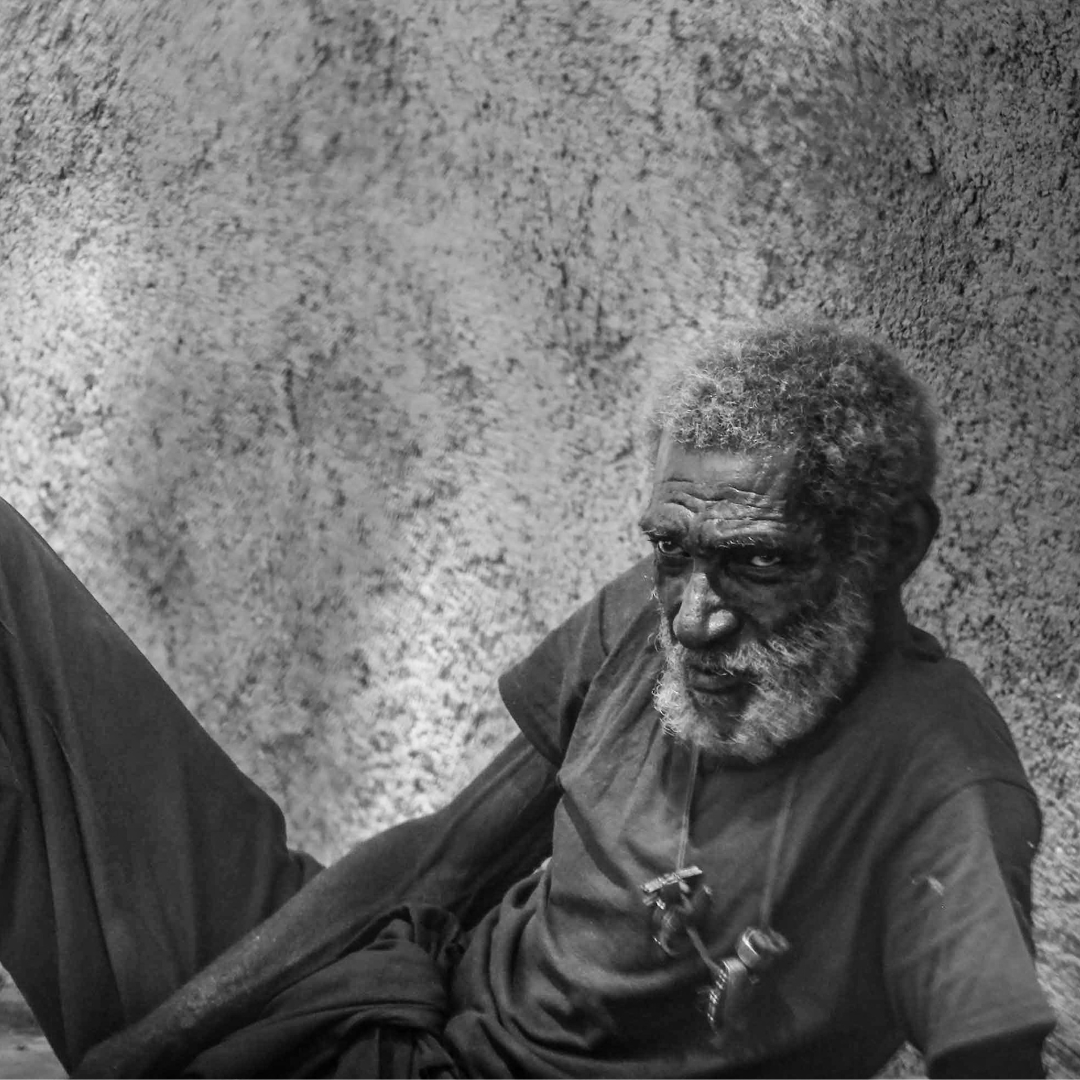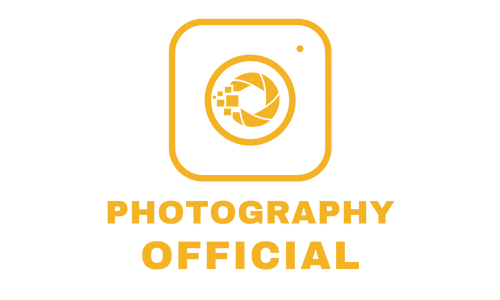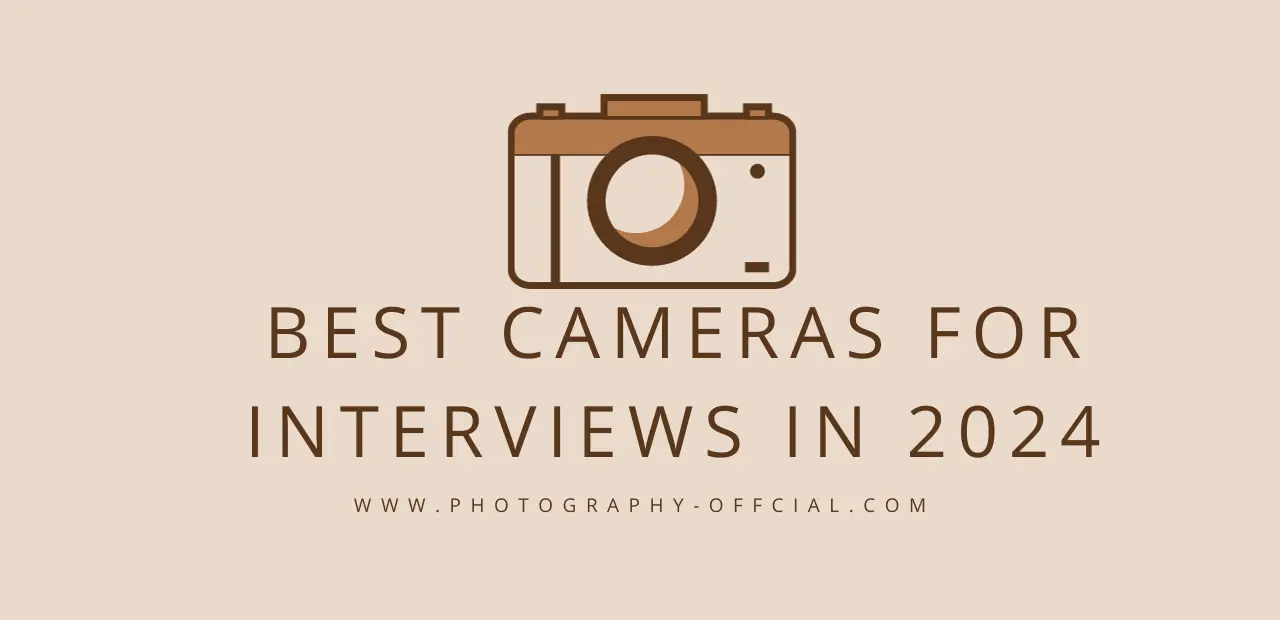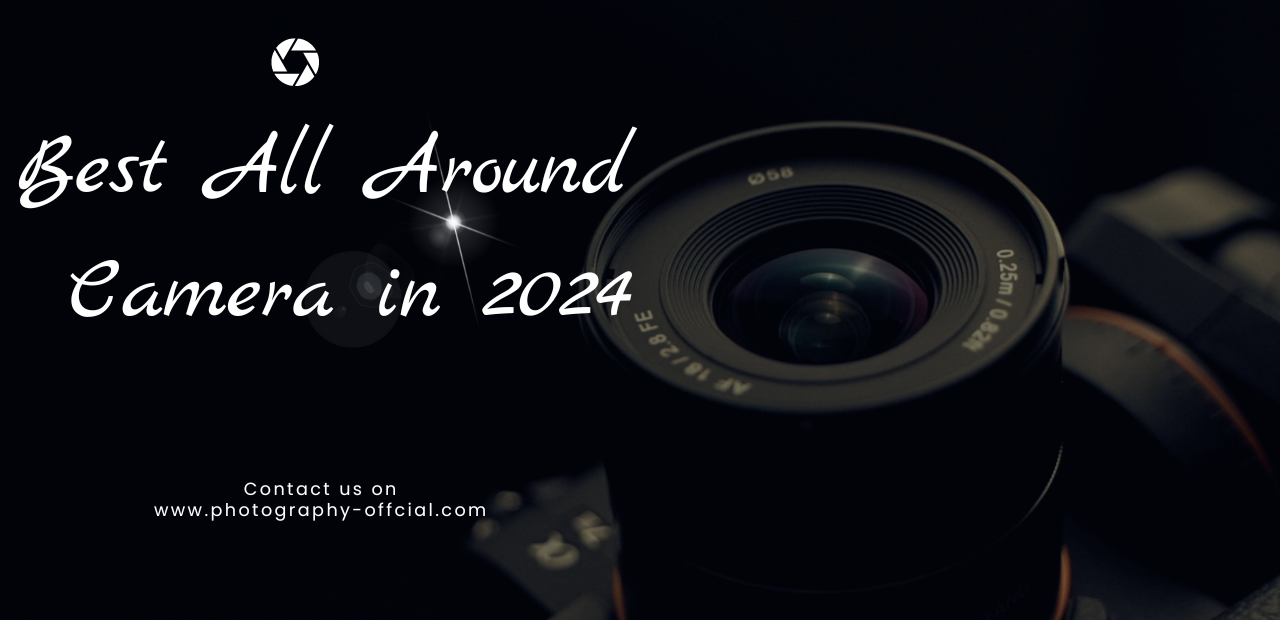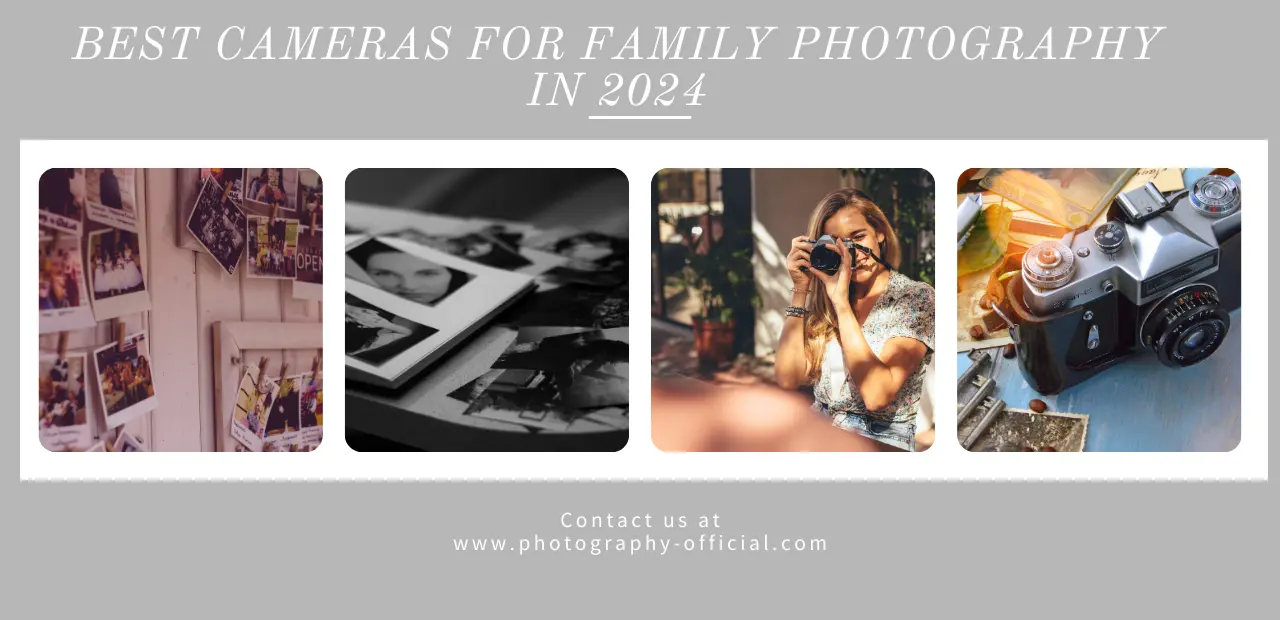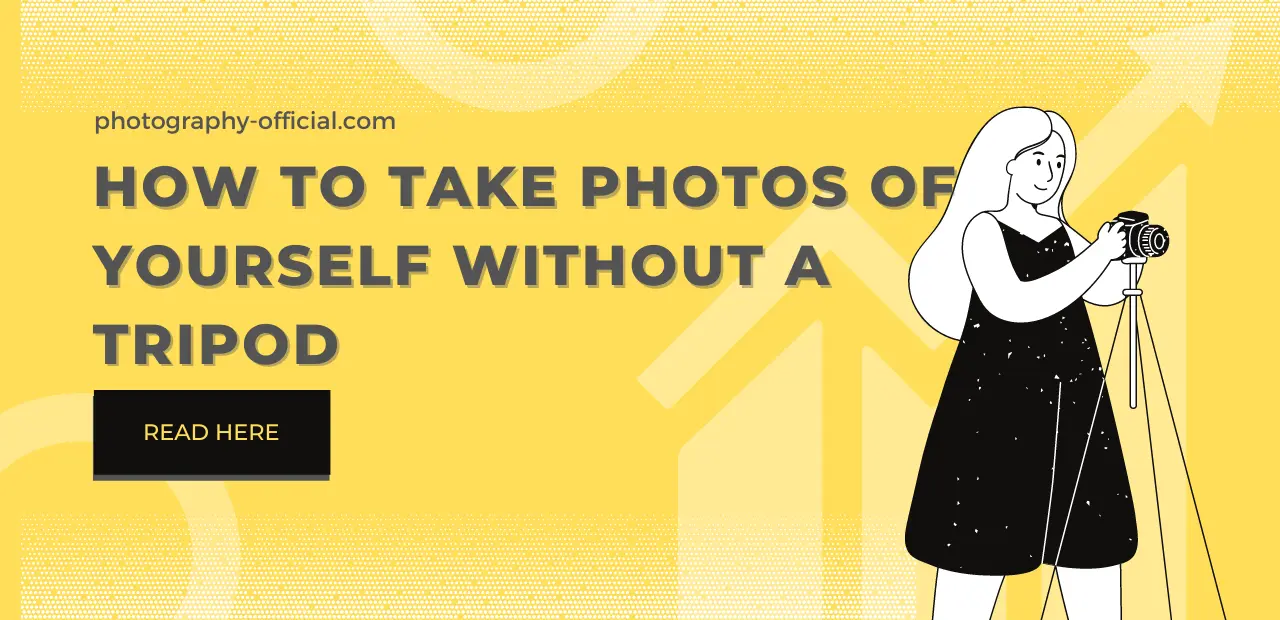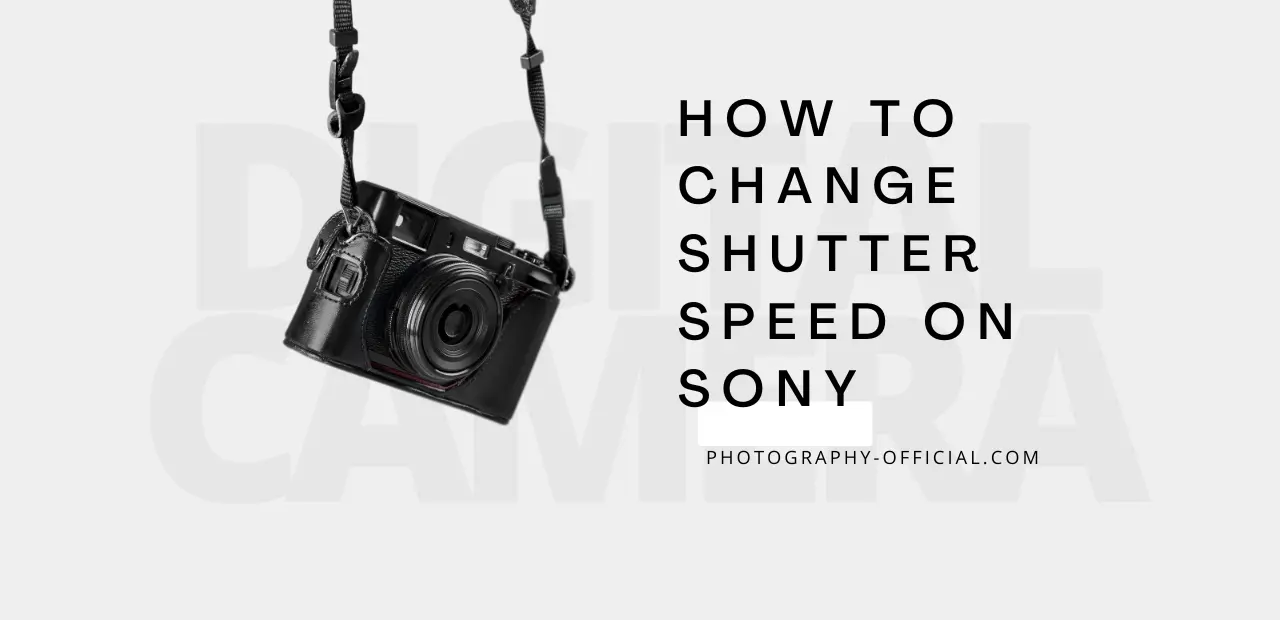How to Set up a Tripod for a Portrait Photography
Hey there, I’m a professional photographer and I’ve set up my tripod more times than I can count. I’ve learned that perfecting your tripod setup can truly transform your portrait photography. In this guide, I’m going to share with you the ins and outs of setting up your tripod, from choosing the right one, to optimal positioning and troubleshooting. Let’s dive in and take your photography skills to the next level.
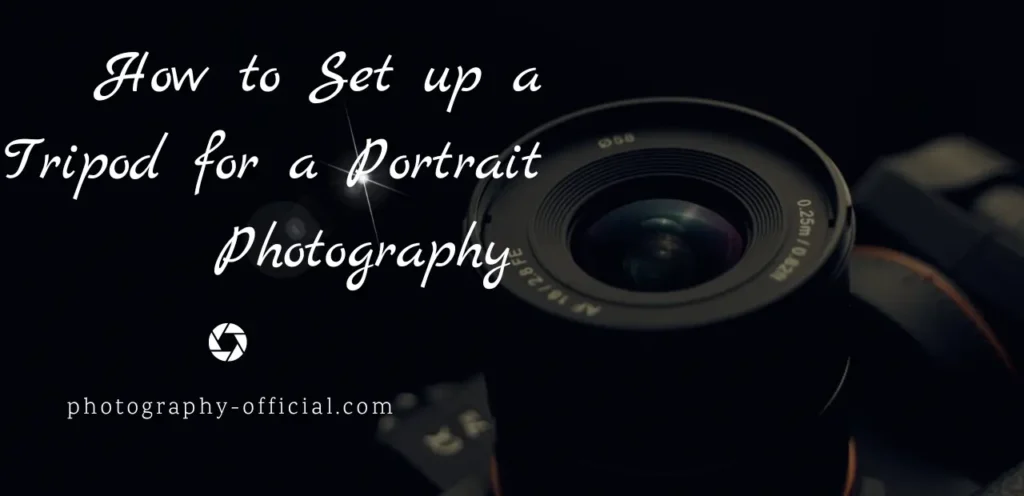
- Understanding the Importance of a Tripod in Portrait Photography
- Choosing the Right Tripod for Your Photography Needs
- Unfolding Your Tripod: Step-by-Step Guidelines
- Adjusting the Height and Angle of Your Tripod
- Balancing Your Camera on the Tripod
- The Role of Tripod Heads in Portrait Photography
- Positioning the Tripod for Optimal Lighting
- The Impact of Tripod Positioning on Background and Composition
- Tips for Ensuring Tripod Stability During a Shoot
- Troubleshooting Common Tripod Setup Challenges
Understanding the Importance of a Tripod in Portrait Photography
While I’ve often heard it said, I didn’t fully understand the importance of a tripod in portrait photography until I started experimenting with it myself. I realized that the tripod’s durability could make or break a shoot. Early on, I made the mistake of choosing a cheap, flimsy tripod. It’s no surprise it couldn’t withstand a windy day. That’s when I learned about weather effects on tripods.
Tripod materials matter, too. Steel tripods are sturdy, but they’re heavy to lug around. Aluminum is lighter and more manageable. Carbon fiber, though pricier, offers the best of both worlds: it’s both light and sturdy. I’ve now invested in a carbon fiber tripod and it’s a game-changer.
Maintenance is crucial for a tripod’s longevity. I make sure to clean it after each use, especially if I’ve been shooting outdoors. Grit and moisture can damage the joints over time if not properly cleaned.
Choosing the Right Tripod for Your Photography Needs
In light of my experiences, I’ve realized that choosing the right tripod for your photography needs not only depends on its material and durability, but also on its portability and maintenance. Tripod durability is crucial, especially when you’re working in rough conditions. You can’t afford a tripod that’s going to break down in the middle of a shoot.
Tripod material choice plays a significant role here. From aluminum to carbon fiber, each material has its pros and cons. While aluminum tripods are cost-effective, carbon fiber ones are lighter and more durable but can be expensive. It’s a balancing act between durability, weight, and cost.
Travel friendly tripods have become my constant companions. The ability to fold them compactly makes it easy to carry them around. Plus, some innovative tripod features like detachable legs or built-in monopods add versatility to my photography arsenal.
Lastly, maintaining your tripod is a breeze if you choose one with user-friendly features. Some tripods come with easy-to-clean parts, making them more cost-effective in the long run. To sum up, choosing the right tripod is a blend of assessing your needs, budget, and the conditions you’ll be shooting in.
Unfolding Your Tripod: Step-by-Step Guidelines
After we’ve chosen the right tripod, it’s essential that I guide you through the process of unfolding your tripod, so you’re ready to capture those perfect shots. Whether it’s a lightweight, travel friendly tripod or a heavy duty one, the process is fairly similar. First, unlatch the legs and extend them to their full height. Be gentle to protect the tripod from unnecessary wear and tear.
Next, adjust the center column. This is where innovative tripod features come in handy. Some tripods come with a hook at the bottom of the center column which you can use to add weight for stability.
Tripod maintenance is also important to ensure longevity. After use, especially in harsh conditions, clean the tripod to keep it functioning properly. If you’re in a situation where a tripod is not feasible, don’t fret. Tripod alternatives like monopods or bean bags can serve the purpose.
Lastly, while packing, contract the legs and the center column. A common mistake is forcing the legs into the closed position, which can damage the tripod. Protecting tripods is as essential as using them. Remember, patience and care result in the perfect shot.
Adjusting the Height and Angle of Your Tripod
Adjusting the height and angle of your tripod is my next focus, since it’s crucial for achieving that perfect shot. Mastering leg leveling techniques is a must, but it isn’t always a walk in the park. You’ve got to consider tripod mobility factors, like the terrain and the weight of your camera – it’s a delicate balance.
Now, let’s talk about tripod extension limitations. Not all tripods are created equal, some offer more height flexibility than others. And there’s a catch, the higher the extension, the less stable your tripod becomes. That’s one of the height adjustment drawbacks. You want your camera to be steady because even the slightest wobble can ruin your shot.
Lastly, let’s not forget the angle precision importance. It’s not enough to just point and shoot. The angle of your camera can dramatically change the outcome of your photo. A slight tilt up or down can highlight different features of your subject. So take your time, adjust carefully, and always keep your eyes on the prize – that perfect shot.
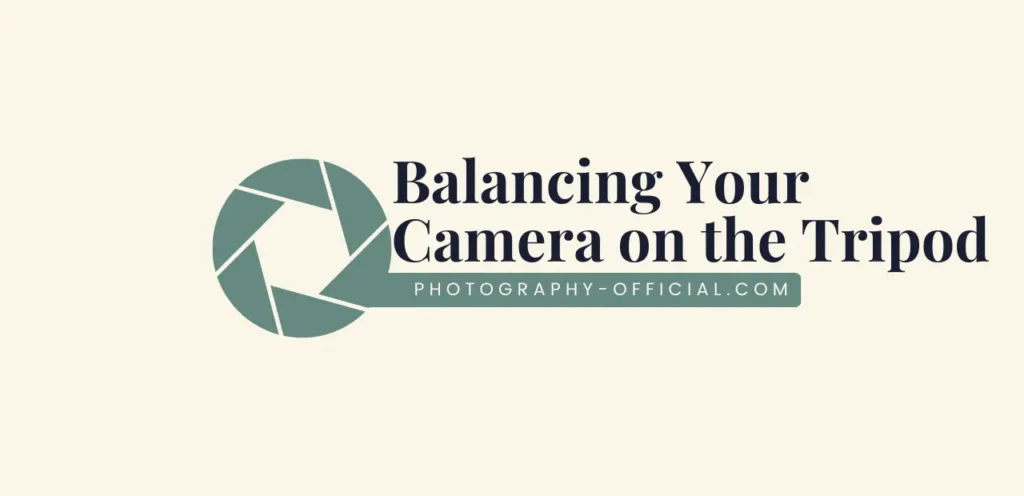
Balancing Your Camera on the Tripod
Before we delve into the nitty-gritty of portraiture, I’ve got to ensure my camera’s balance on the tripod, for even a minor imbalance could spell disaster for our photo shoot. It’s not just about keeping the camera steady, but also about mastering camera balance techniques and understanding tripod weight distribution.
When it comes to balancing heavy lenses, it’s all about equilibrium. I make sure the center of gravity is directly over the tripod’s pivot point. If the lens is too heavy, the camera could tip forward. That’s a problem I can easily fix by adjusting the tripod head or using a lens collar.
Counterweight use is another method I rely on for balance. By adding a weight to the opposite end of the camera, it creates a counterbalance that keeps everything steady. It’s a neat little trick that has saved me from many potential mishaps.
When I’m balancing for long exposures, it gets a bit tricky. Any movement, no matter how slight, can blur the image. So, I ensure the tripod is on a stable surface and adjust the legs to distribute the weight evenly. With these techniques, I can focus on capturing the perfect portrait.
The Role of Tripod Heads in Portrait Photography
In my experience, the tripod head’s adjustability and stability are pivotal in portrait photography, but it’s also crucial for me to understand the different types and their specific functions. A head types comparison reveals that pan tilt and ball heads are the most commonly used. Pan tilt heads allow separate control of each axis, ideal for precision. However, a ball head offers quicker, more fluid adjustments; it’s all about preference.
Specialty tripod heads like the gimbal or fluid heads are superb for specific scenarios but might be overkill for standard portrait work. I appreciate quick release systems for their convenience; they let me swiftly switch between cameras or lenses.
Maintaining tripod heads is as essential as choosing the right one. Dust, sand, or moisture can compromise your tripod’s performance. I ensure to clean and lubricate mine regularly.
Positioning the Tripod for Optimal Lighting
After setting up the tripod, it’s crucial for me to position it properly to utilize the best possible lighting, especially during the golden hours of sunrise and sunset. Lighting angles play a significant role in this process. I carefully adjust the tripod to capture my subject from a flattering angle, maximizing the use of both natural and artificial light.
Natural light provides a soft, warm glow that’s perfect for portrait photography. However, it’s not always predictable, and that’s where daylight positioning comes in. I constantly move my tripod to follow the sun’s path, ensuring the light remains optimal.
Artificial light, on the other hand, gives me control over the intensity and direction. I use it to fill in shadows or add a dramatic effect. Shadow management is a delicate balance. Too much shadow can obscure features, while too little can make the picture look flat.
Reflective surfaces are another tool I use. Whether it’s a mirror or a simple white board, they help to bounce light onto areas that might otherwise be in shadow. This technique adds depth and texture to the portrait. So, proper positioning of the tripod is a choreographed dance of light, shadows, and reflections.
The Impact of Tripod Positioning on Background and Composition
While someone might not consider it, I’ve found that tripod positioning significantly affects both the background and the composition of a portrait, and it’s a factor that shouldn’t be overlooked. It’s not just about capturing the subject; it’s also about capturing the essence of the environment too. The depth of field and background blur are both influenced by where you place your tripod.
Moving the tripod closer to the subject can create a shallow depth of field that blurs the background, emphasizing the subject. This is a composition technique that draws the viewer’s eyes directly to the focal points of the image. On the other hand, placing the tripod further away allows for a larger depth of field, giving more focus to the background and providing a sense of context.
Subject positioning also plays a role. If the subject is close to the background, it’s hard to achieve a good background blur. But if you position your subject a bit further from the background, you can easily blur it out, creating a more professional look.
Tips for Ensuring Tripod Stability During a Shoot
I’ve discovered that using a sandbag to weigh down the legs of my tripod can significantly improve its stability during a shoot. It’s a simple yet effective wind resistance measure, even when the gusts get really aggressive. But that’s not all I’ve learned about ensuring tripod stability.
Leg leveling techniques are vital, especially when dealing with uneven ground surface considerations. I’ve found that adjusting each leg separately, checking the spirit level after each adjustment, ensures the camera stays level and the shots come out perfect.
Alongside this, tripod maintenance tips have been a lifesaver. Regularly tightening the leg locks and lubricating the joints keeps everything moving smoothly. I’ve also made it a habit to clean the tripod after use, especially when shooting in muddy or sandy conditions.
Securing tripod attachments is just as crucial. A loose head or camera plate can ruin a shoot faster than you can say “cheese”. I make sure everything’s tight and secure before starting. And I always double-check my gear before packing up.
In short, a bit of care and attention can make a world of difference in ensuring tripod stability. And when the tripod’s stable, the shots are steady and the results, fantastic.
Troubleshooting Common Tripod Setup Challenges
Despite all my efforts to ensure stability, I’m still faced with some common tripod setup challenges, and it’s essential to know how to troubleshoot these issues effectively. One such hurdle is leg leveling issues. I’ve often had to deal with uneven ground surfaces that make it hard to stabilize my tripod. I’ve found that using a tripod with adjustable leg angles helps to rectify this problem.
Then there’s quick release complications. A quick release plate that won’t secure properly can be frustrating, but I’ve discovered that it’s mostly due to dirt or grime. Regular cleaning and maintenance usually solve this.
Tripod joint problems can also be a nightmare. Over time, the joints can become loose, affecting the tripod’s stability. I’ve learned that tightening the joints periodically can prevent this issue.
Overcoming wind challenges is another task. High winds can easily knock over my tripod, ruining a perfect shot. I’ve found that hanging a weight from the center column helps to anchor the tripod in windy conditions.
Lastly, there’s resolving column instability. If the column wobbles, I’ve found that it’s best to avoid extending it fully, as it’s more stable when it’s lower.
In the end, make sure to read my other posts on Tripod topics, such as How to Attach GoPro to Tripod.


